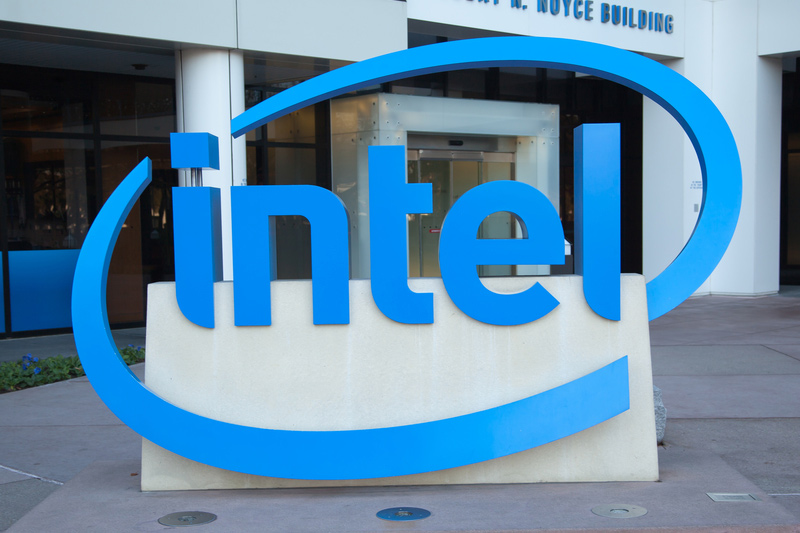Bernstein analysts said on Friday that their primary takeaway from Intel’s (INTC) foundry segmentation event was “No real reason to be here until 2030.”
The chipmaker’s shares dropped by roughly 8% since the company's disclosure of its semiconductor manufacturing arm's financial performance in its semiconductor manufacturing business, also called the foundry segment.
Specifically, the foundry posted a $7 billion operating loss in 2023, against revenues of $18.9 billion. This loss marks an increase from the $5.2 billion loss recorded in 2022, with sales previously at $27.5 billion.
“After all, the fact that foundry economics have been awful is not (or should not have been) a huge surprise; in fact the company directly suggested this back in June,” analysts said.
“That being said, the idea that things are still getting worse in 2024 might have been taken somewhat poorly; if anything, the idea that a -37% operating margin and $7B loss do not yet represent a trough is somewhat breathtaking especially given all the cost cuts the company was supposedly implementing last year.”
Bernstein acknowledges the potential for improvement in Intel (NASDAQ:INTC)'s foundry business, noting its significant loss last year and the optimistic forecast for a 25-30% operating margin by 2030.
However, analysts expressed caution, suggesting that it may be a long ride for INTC “even if one is fully signed up to the (seemingly aggressive) targets.”
They highlighted that achieving break-even may not be feasible until after 2027, and the ambitious 2030 targets remain speculative, hinging on optimal progress, “which remains a wide
open debate.”
